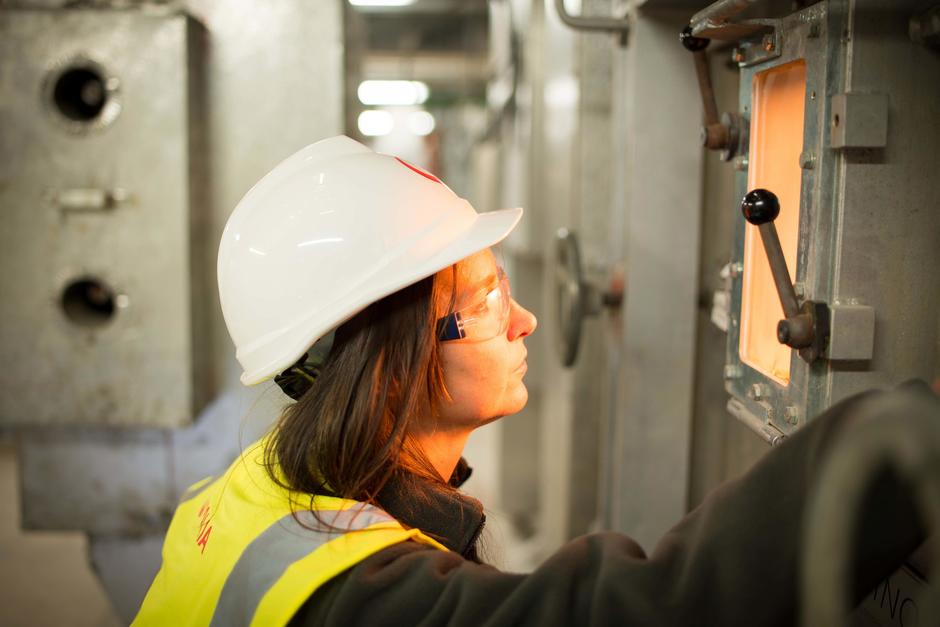- Veolia is designing a new network to provide heat to nearly 5,000 households in London with energy from waste in partnership with Southwark Council.
- The heat energy with around a 60% renewable content due to the biogenic component of the treated waste will help save 14,000 tonnes of CO2 emissions a year.
- The extension aims to support the future growth to accommodate 20,000 new homes over the next 15 years in line with Southwark Council’s Area Action Plan.
Veolia, Europe’s local decarbonizing energy leader, is planning a new district heating network in London that will deliver heat from the Group’s SELCHP Energy Recovery Facility (ERF), working in partnership with Southwark Council. By using 75GWh per year of low carbon heat from the electricity generating process that treats non recyclable waste, the network aims to supply 4,700 homes across 11 social housing estates and schools.
Currently almost half of the final energy consumed in the UK is used as heat and the domestic, commercial and public sectors account for two-thirds of this energy consumption. This is largely fossil fuelled and district heating networks, using the heat from the waste-fed electricity generation process, represent an efficient, affordable and decarbonising alternative to provide households with cleaner energy.

Veolia will design, construct, commission and operate the network. Once operational, the infrastructure project aims to provide the heat with around a 60% renewable content due to the biogenic component of the treated waste. The ambition is to save an estimated 14,000 tonnes of CO2 emissions a year compared to the current natural gas or oil boiler derived heat supplies.
Heat, supplied as hot water, would be supplied through a 7km network of insulated pipework at temperatures up to 95°C, and fed into the systems that distribute heat in the connected buildings to meet the thermal demands at each location. As this system represents a low carbon solution compared to alternative supplies, emitting only 0.026kgCO2/kWh, it would also help to advance Southwark Council’s ongoing commitment to tackling the climate emergency and reducing the boroughs carbon footprint.
In a significant move earlier this year, Southwark Council approved a Local Development Order (LDO) permitting the construction of the new network. They are the first authority in London to introduce a LDO.
This new network builds on the success of the existing urban heating network powered by SELCHP, which already provides low-carbon heat to 2,700 households and has saved around 95,000 tonnes of CO2 over the past ten years. The extension aims to support the future growth to accommodate 20,000 new homes over the next 15 years in line with Southwark Council’s Area Action Plan.


Estelle Brachlianoff, CEO of Veolia said:
“Developing local decarbonisation helps to break the dependence on fossil fuels and provide reliable heat to support communities and address energy price volatility. Our new district heating network in London will enable the UK to make further progress towards its decarbonisation targets by 2035,”
“Veolia benefits from a unique and differentiating positioning thanks to the combination of its expertise in waste and energy, which makes us the reference in local decarbonised energy. This segment is a major booster to our GreenUp strategic program, which will meet our customers‘ decarbonisation needs while guaranteeing energy security at an affordable price.”
Cllr Helen Dennis, cabinet member for new homes and sustainable development, said:
“I’m excited Southwark is paving the way for future generations by tackling the climate emergency head on. This project to expand the low carbon heat network is absolutely vital to us reducing our reliance on fossil fuels and embracing cleaner, more efficient energy resources. The new insulated pipes also gets us closer to ensuring affordable and reliable heating for the 3,000 additional council homes due to be connected to the network around Old Kent Road.”






